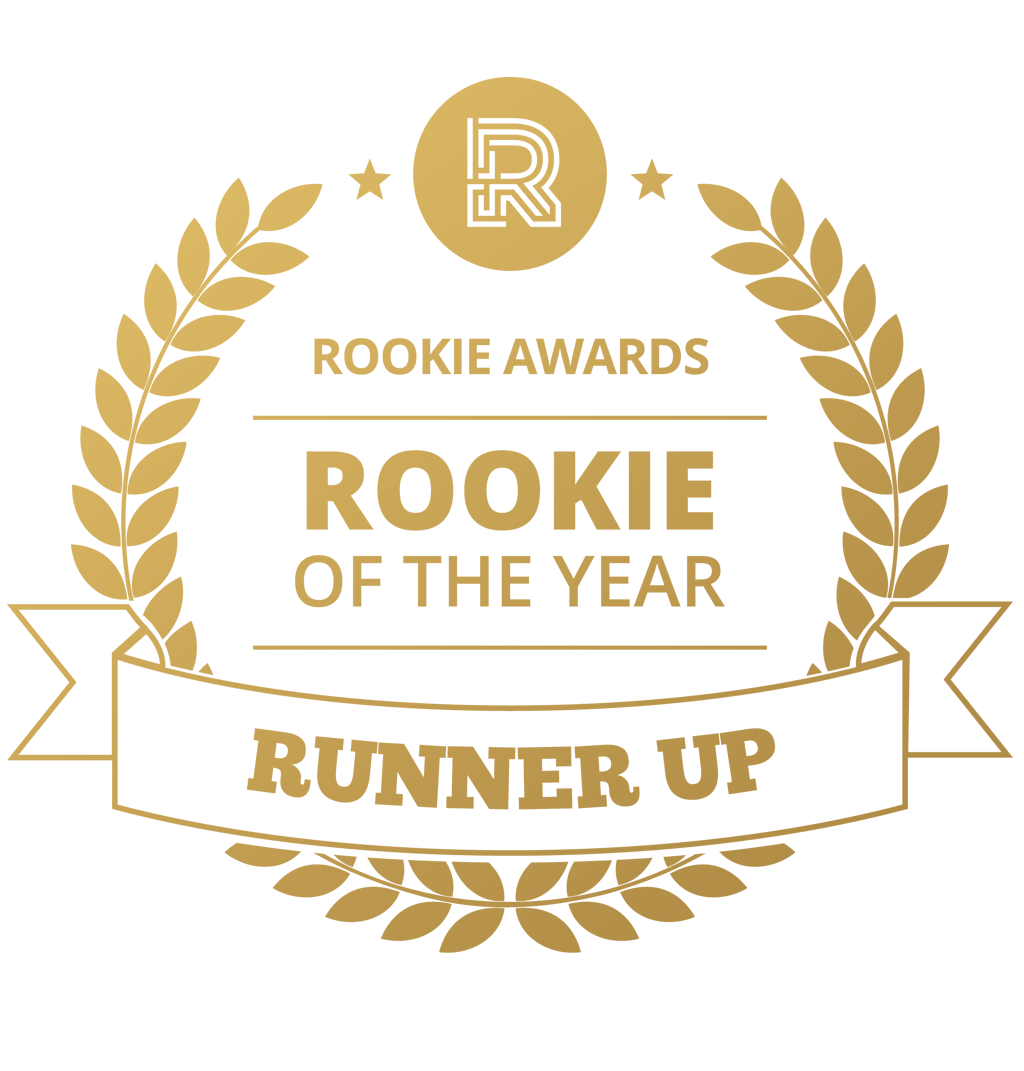
Humanesque
Humanesque is about my past life studying medicine with my current life studying fashion design. I used CLO3D as a pattern making tool to make my first mockups and then my final garments.

Humanesque is about my past life studying medicine with my current life studying fashion design. I realized during my time at SCAD that I could truly never escape my past. I spent so much of my life studying science and medicine that it has become a big influence. So I decided to look within, mainly at bones. Bones are strong but also fragile, and I wanted to showcase that through the textiles. The textile manipulations and unique patterns are what embodies the concept, which come from a more abstracted look at bones.
I still have my medical school books, so I pulled them out again to get a true anatomical look at the human body. I even have a box of sample human bones that allowed me to get close and personal with their unique shapes and crevices. I also looked at muscles and cartilage structures, brain scans, x-rays, and parametric architecture. All of these were combined and layered to get the unique patterns.
The unique sculptural silhouettes truly came from textile manipulations. I used laser cutting, silicone molding, and UV Printing. All three methods allowed for a transformation of the textile. Laser cutting the leather allowed for it to stretch open in unique ways. The silicone pieces added body and weight to otherwise light fabrics. The UV printing is especially interesting. It’s a unique printing method that deposits ink in layers, and as the layers build up, it causes the fabric to become rigid. It took a year to develop this method for printing directly on fabric, and with this, I could create sculptural pieces just by using the rigidity from the printing.
When designing the collection, I knew that I would use CLO3D because of the complex patterning making I knew this collection needed. CLO3D allowed for me to create precise intricate curved pieces and using the tools that they provide, I was able to accurately depict what the garments patterns would look like. I actually worked backwards in my CLO3D renders, using the program to create garment patterns. After creating my final garments, I used the same printing and laser cutting files within CLO3D to create a true render of the garment.
Since learning CLO3D a year ago, I have incorporated it into every project and design I've done. I have created multiple garments and used different techniques from CLO in order to create the garments in new ways. I have even printed the patterns pieces in the colour I wanted directly onto the fabric in order to save reduce fabric waste while getting custom colors.





















































Comments (0)
This project doesn't have any comments yet.